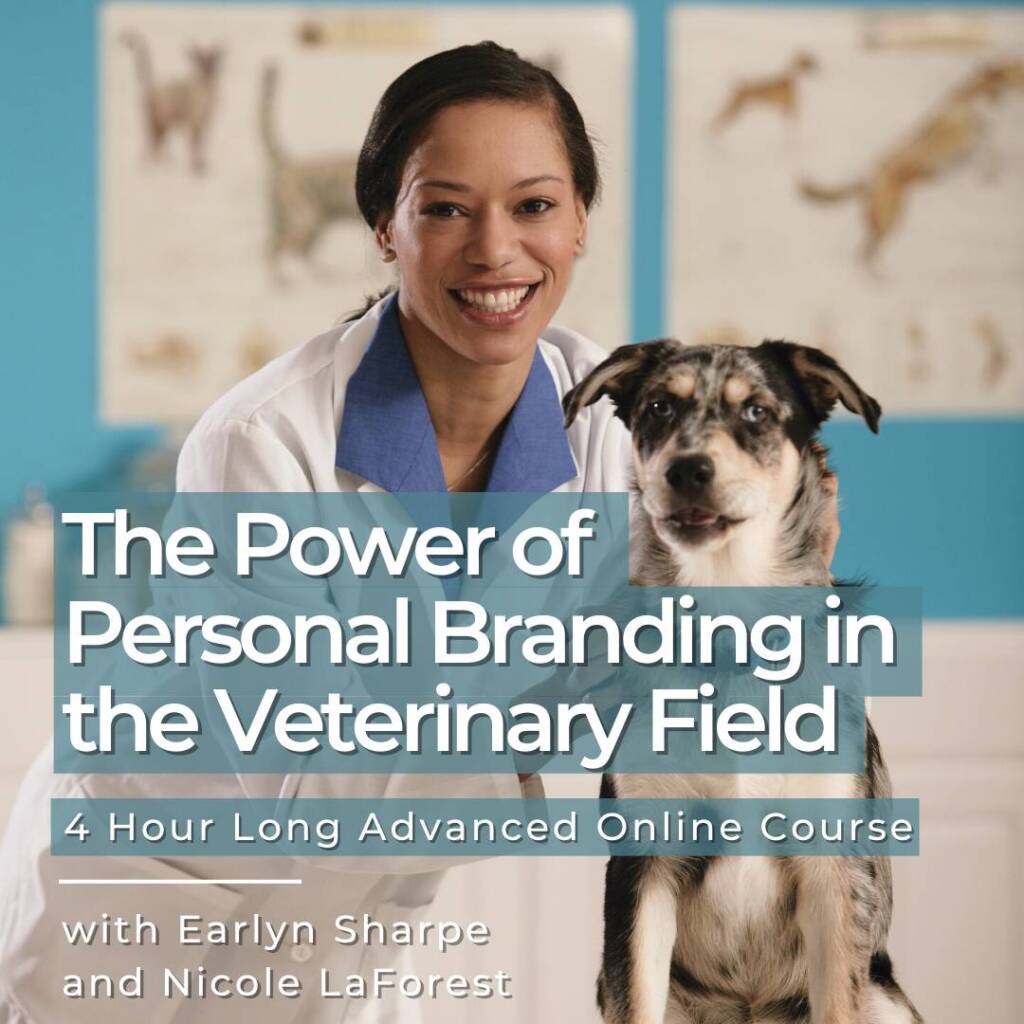How to better educate clients through good communication

The veterinary medical field is chock-full of highly skilled professionals who work daily to provide top-notch care to their patients. They can diagnose lymphoma in a cat, place an IV catheter in a bird, and stabilize a dog who has been hit by a car all before lunchtime.
These superheroes have clearly mastered their technical skills, but it is in other so-called “soft skills” where we often see insecurities. One of these highly important skills is the ability to educate others and it is certainly one that can be undervalued within the field. This is a very complex topic, but I hope to introduce you to some of the basics in hopes it will aid you in communicating with others inside and outside of the clinic.
People often think we pursue a career in veterinary medicine to help animals… and they’re correct! I don’t know anyone in this field who doesn’t love animals; however, you have to remember that there are people attached to every animal you treat. In order to be an effective educator, you need to understand how people learn.
The different methods people use to process information are called “learning styles” and you will find that most will learn best via a combination of styles. With each person you come into contact with, it is important to remember YOU have the opportunity to both educate and learn.
So, let’s take a look at each of these styles and how you can incorporate them in a veterinarian-client interaction.
1. Visual learners
The first style we will discuss is that of visual learners. These learners like to read, write, and view pictures/graphs to better absorb information. In order to help appeal to visual learners when communicating, you can do something like develop detailed discharge instructions that includes diagrams of procedures.
2. Auditory learners
Next are auditory learners who prefer hearing information. To better reach them, you should be sure to explain things in depth over the phone and in person.
3. Kinesthetic learners
Finally, kinesthetic learners learn best by interacting with the information. If you’ve got any models or posters, this is the time to pull them out!
Now that we’ve discussed what each individual learning style is like, we should talk about combining them to create positive experiences for learners and hopefully ensure proper understanding.
Let’s think about a situation where we need to describe an ear infection to a client in the exam room. You could start by explaining what an ear infection is. You might even have a model of a canine ear the client can hold and examine. At the end, you could offer written discharge instructions complete with photographs, diagrams, and other resources for the client to look at once they get home. In my opinion, this type of discharge appeals to all learning types and will help your client to feel comfortable and get your message across.
During these interactions, it is important to ensure that it is conversational and not simply a lecture. Try your best to avoid medical jargon. I am well aware that veterinary school teaches you all sorts of long, complicated words and phrases; however, you need to remember most people you are educating are not medical professionals. Communication often falls through the cracks because people are unwilling to admit when they don’t understand something. For this reason, you should try your best to simplify confusing topics, but always be ready to expand upon these topics and demonstrate your knowledge if asked. That way, you can keep things somewhat informal while still demonstrating your expertise and building trust.
It’s also important to frequently ask for questions and encourage participation. You want to always make sure the other person is engaged and talking. Avoid dominating the conversation and take your time to ensure understanding. Remember, this is a marathon and not a sprint.
If you invest the time in educating others, the benefits are plentiful and mutual. If you haven’t ever thought about the way you interact with those you’re trying to educate, I hope this article has given you some food for thought. Remember, these techniques can and should be used in all formal and informal educational settings. Together, I hope we as a field can elevate the quality of our communication and the service we provide to our colleagues, coworkers, patients, and clients.
MORE ABOUT THIS TOPIC ...
How to address the top 5 misconceptions clients have about their puppy’s fist vet visit
With John Woods | 2021.09.20
What it’s like being a mitral valve veterinary surgeon at thirty years old
With Katsuhiro Matsuura | 2021.05.31








